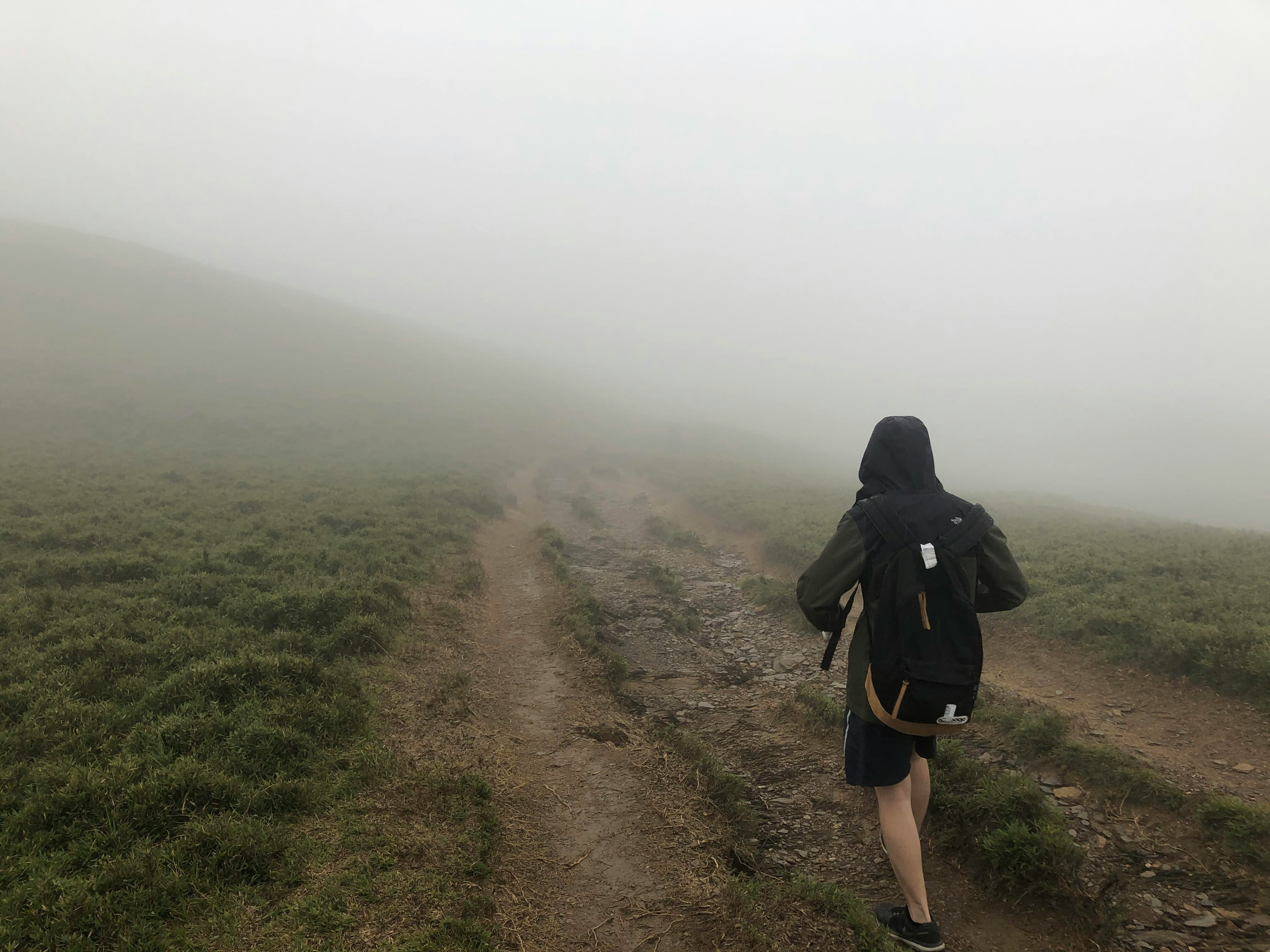Because running 50km isn’t just about strong legs - it’s about smart fuelling.
If you’ve ever stood at the start line of an ultra with your race vest loaded and your stomach full of nerves, you know that fuelling isn’t a side note. It’s survival. Over long distances, especially on the trails, your body doesn’t just need energy it needs steady, smart support to keep going hour after hour.
Here’s how to approach fuelling with natural energy gels to help you perform at your best when the terrain gets tough and the finish line feels far away.
Understand the Demands of Trail Running
Trail ultras aren’t like road races. Terrain varies, elevation changes are relentless, and aid stations can be spaced much farther apart. That means your fuelling strategy needs to be portable, reliable, and digestible over several hours - sometimes through heat, cold, or altitude.
Your body burns through glycogen, your stored carbohydrate energy, at a steady rate during effort. Once those stores deplete, performance dips hard. That’s why trail runners need to fuel early and often, especially during multi-hour events.
Why Energy Gels Work for Ultras
Energy gels are compact, lightweight, and provide 20 to 25 grams of easily absorbable carbohydrates per serving. For runners who can’t carry full meals or snacks on the trail, they’re an efficient way to keep blood sugar stable and energy levels high.
Natural gels, like Purendure’s fruit-based formulas, are especially useful during long events. They’re easier on the stomach, made without artificial ingredients, and offer a clean taste that’s more palatable over time.
Ultra-Fuelling Strategy: What to Know
1. Fuel Before You’re Hungry
Once you feel empty, it’s often too late. Start fuelling within the first 45 minutes to 1 hour of your run. Continue every 30 to 45 minutes with gels, depending on the intensity, terrain, and your personal needs.
2. Alternate Flavours and Textures
Taste fatigue is real. On longer runs, rotating gel flavours can help prevent palate burnout. You can also balance your gels with natural snacks like bananas or boiled potatoes if your stomach allows.
3. Hydrate as You Go
Gels work best when taken with water. Aim to pair every gel with small sips of water to support absorption and prevent stomach upset. Consider diluting gels into a soft flask for easier mid-run fuelling if your stomach is sensitive.
4. Use Aid Stations Strategically
Don’t rely on aid stations for all your fuelling needs. Use them as top-ups, not your primary plan. Carry gels you’ve tested in training so you know exactly how your body will respond.
Why Purendure Gels Are Ultra-Friendly
-
Made from real fruit with natural sugars
-
Contain no additives, caffeine, or synthetic sweeteners
-
Easy on the gut, even when running for hours
-
Come in a resealable pouch, perfect for taking in stages during long stretches
Trail running is already hard. Your fuel should be simple, predictable, and kind to your stomach.
Listen to Your Body (and Practise First)
Every ultra is different, and so is every runner. The key is to test your fuelling plan on your long training runs, ideally in terrain and weather similar to race day. Notice how your energy shifts, how your stomach responds, and how much fuel you actually need per hour.
Then lock in that strategy and trust it.
Final Thought
Fuel isn't just about energy. It’s about keeping your mind clear on the climb, your legs turning over at kilometre 42, and your spirit strong when you're running alone in the woods. Good fuelling gives you more than performance. It gives you confidence.
Ready to try natural gels on the trail?
Explore Purendure’s fruit-based energy gels and build a fuelling plan that works with your body not against it.



Share:
Running in the Heat: How to Hydrate Smarter and Stay Connected
Why Screw-Top Gel Pouches Are a Game-Changer for Endurance Athletes